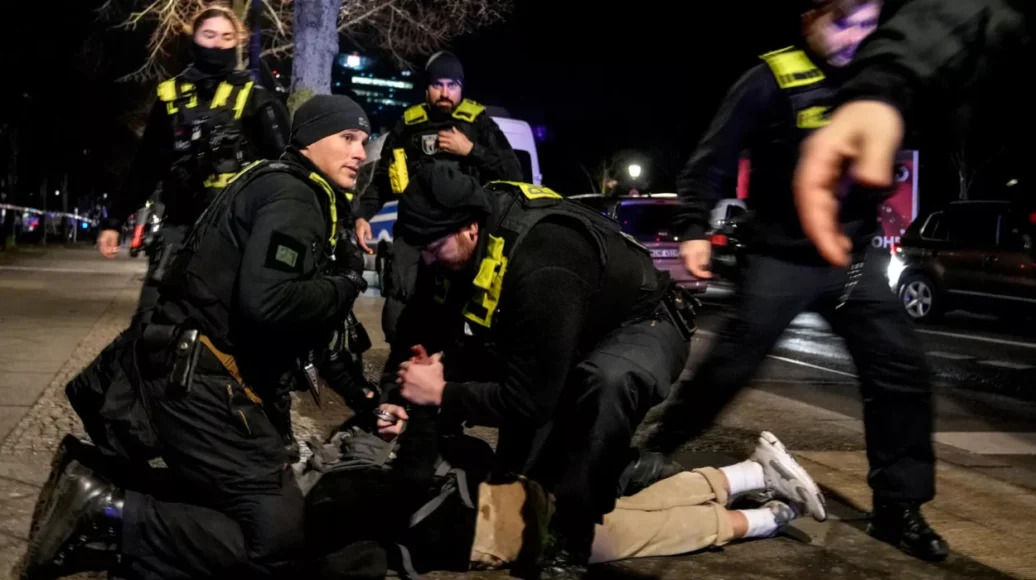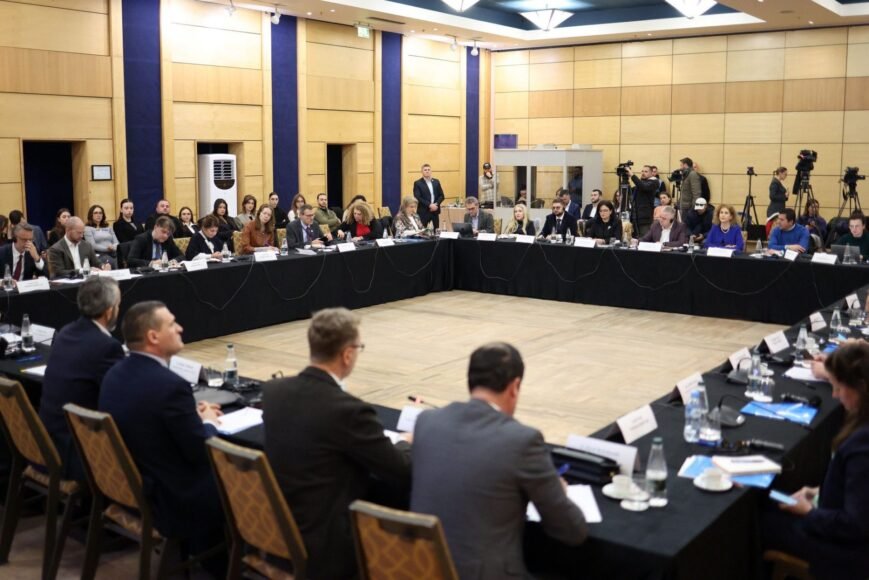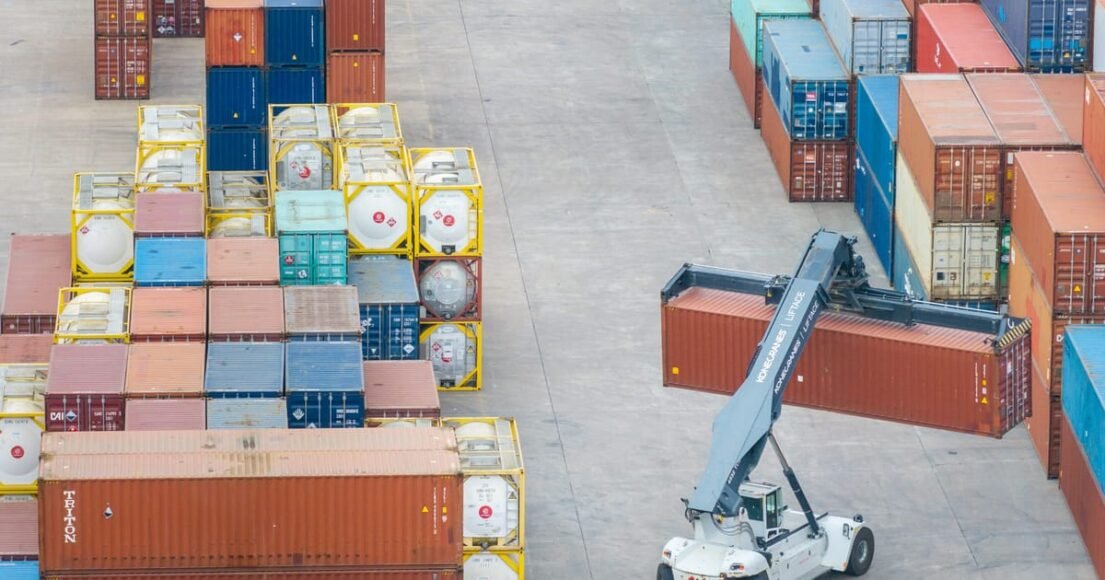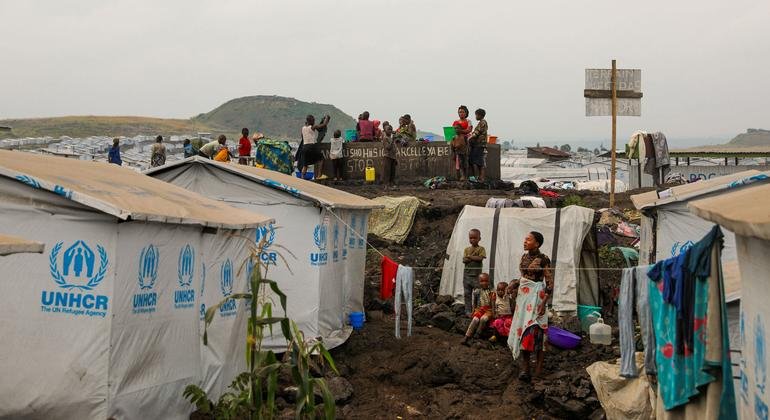Escalating Conflict in Eastern DRC Triggers Mass Refugee Influx into Burundi
As violence intensifies in eastern Democratic Republic of the Congo (DRC), over 40,000 Congolese refugees, predominantly women and children, have sought refuge in Burundi since February. In a single day this week, more than 9,000 individuals crossed the border.
Many are risking their lives by crossing the Rusizi River in makeshift boats, navigating a dangerous border area shared by Burundi, DRC, and Rwanda.
Brigitte Mukanga-Eno, UNHCR’s Representative in Burundi, highlighted the crisis during a press briefing in Geneva. “The deteriorating security situation in the DRC has significantly impacted Burundi. Over the past weeks, we have witnessed a massive influx of Congolese refugees,” she stated.
As the conflict inches closer to Uvira, a vital town near Burundi’s main border post, the humanitarian situation is expected to worsen.
—
Unprecedented Surge in Refugees
The UN Refugee Agency (UNHCR) has commended the Burundian government for granting prima facie refugee status to those escaping the violence, ensuring immediate protection. However, the overwhelming number of arrivals is straining local resources.
“This is the first time Burundi has received such a large number of refugees within days,” Mukanga-Eno noted. “The last time we saw an influx of this scale was in the early 2000s, so the government and humanitarian organizations are struggling to cope.”
While around 6,000 refugees entered through official border posts in Bujumbura, the vast majority – over 36,000 – arrived via the Rusizi River, often in dire health conditions after enduring grueling journeys on foot.
Some have walked for days, with tragic consequences. “We recently encountered a woman carrying her children, unaware that they had already passed away,” Mukanga-Eno shared.
—
Overcrowded and Inadequate Shelter Conditions
The Burundian government has allowed refugees to take temporary shelter in open-air spaces such as Rugombo Stadium, as well as in schools and churches. However, these locations are overcrowded and dangerously close to the border.
“Unfortunately, reception conditions are severely limited,” Mukanga-Eno explained. While the government has designated land to develop a more stable settlement, for now, most refugees remain in makeshift shelters without proper protection.
Urgent humanitarian needs include food, water, and healthcare. UNHCR teams on the ground report critical shortages of supplies, with measles cases already detected, prompting an emergency vaccination drive for children under 15.
The UN Children’s Fund (UNICEF) has installed water tanks, while the World Food Programme (WFP) has mobilized food supplies to ensure hot meals are provided for the displaced families.
Medical services are also under enormous strain. Médecins Sans Frontières (MSF) has deployed a mobile clinic to treat refugees suffering from malnutrition, disease, and trauma. Many of the displaced have endured extreme violence before reaching Burundi, underscoring an urgent need for psychosocial support.
—
Displacement Across the Region
Beyond Burundi, thousands of Congolese refugees have also fled to neighboring countries.
– Uganda has registered over 13,000 arrivals since January, with most passing through the Nyakabande transit center.
– Tanzania recorded its highest daily arrival of the year on February 19, as 53 Congolese refugees sought asylum in Kigoma.
To address the crisis, UNHCR has launched a $40.4 million appeal to provide life-saving aid to 275,000 displaced individuals within DRC, along with support for an anticipated influx of 258,000 refugees and returnees across Burundi, Rwanda, Tanzania, Uganda, and Zambia.
“We initially planned for 58,000 refugees, but we have already received more than 40,000,” Mukanga-Eno emphasized, urging immediate international support to prevent further suffering.














Leave a Reply